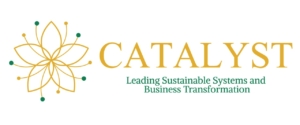Let’s Not Forget the Social Pillar in the Sustainability Triangle
Sustainability is often viewed through the lens of environmental protection, economic growth, and resource conservation. However, it is important not to overlook the social aspect of sustainability, also known as the Social Pillar. This includes human rights, social justice, and community wellbeing.
The Social Pillar is critical for achieving a sustainable future. It is about ensuring that everyone has access to equal opportunities, basic human needs, and social protections. This includes access to things like healthcare, education, food, water, and housing. It encompasses issues like poverty, inequality, diversity, and inclusion.
In a sustainable world, it is essential to prioritise the needs of vulnerable populations and empower communities to work together towards a common goal. This means supporting local businesses, promote and implementing social responsibility, ethical behaviour, and for instance decent working conditions for all.
What SMEs Can Do and How Can They Implement the Social Pillar?
Let’s look into three examples of how SMEs can implement the Social Pillar:
- Create an inclusive workplace culture: SMEs can promote diversity and inclusion in the workplace by adopting inclusive hiring practices, providing training and development opportunities, and fostering a culture of respect for all employees. The global beauty company L’Oreal, for example, has set a goal to have 50% women in management positions by 2020 and has implemented various initiatives to promote gender equality, such as allowing fathers to take paternity leave.
- Provide decent working conditions: SMEs can ensure that their employees have decent working conditions by adhering to labour laws, providing fair wages, and offering benefits such as paid time off and healthcare. The sustainable fashion brand Patagonia is known for its commitment to fair labour practices and has implemented programs to improve working conditions for its suppliers.
- Support the community: SMEs can contribute to the well-being of their communities by implementing sustainable and socially responsible business practices and supporting local organisations and initiatives. The shoe brand TOMS is an example of a company that prioritises social impact, as it donates a pair of shoes for every pair purchased and has a programme to provide access to clean water in communities in need.
Conclusion
There might be many more examples already in your neighbourhood or in your business niche you could look at and try to follow. Whatever you go for, the Social Pillar should not be overlooked in the Sustainability Triangle, as it is essential for achieving true and long-lasting sustainability. We must work towards a future that protects both the environment and the wellbeing of all individuals, regardless of their socioeconomic status or cultural background. By prioritising the Social Pillar, we can create a more equitable and just society that benefits everyone and protects the planet for future generations.



